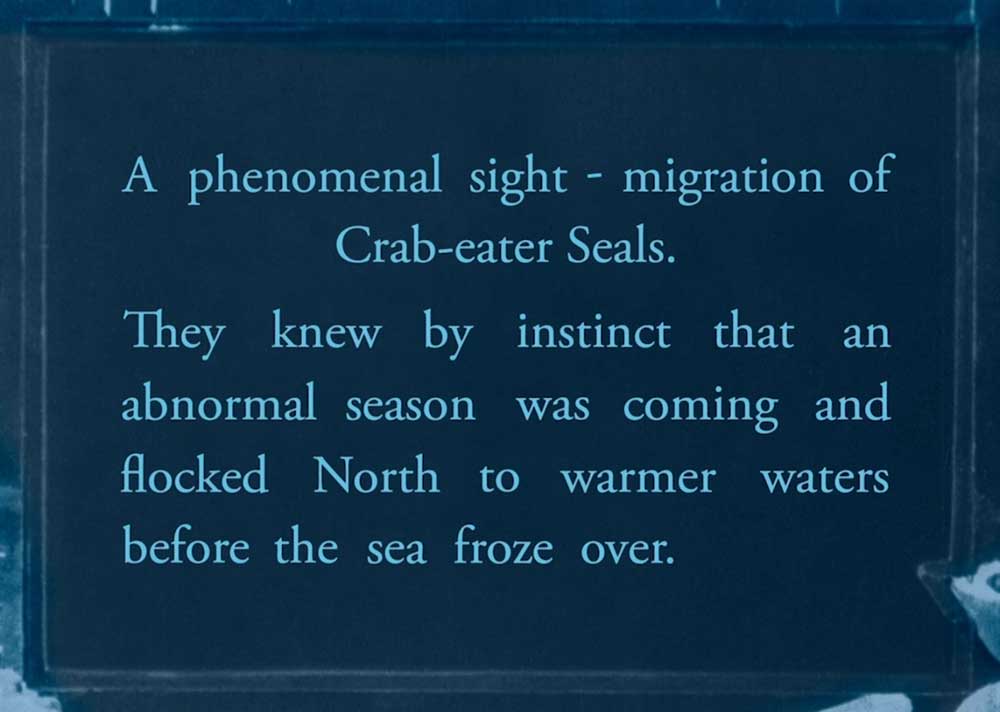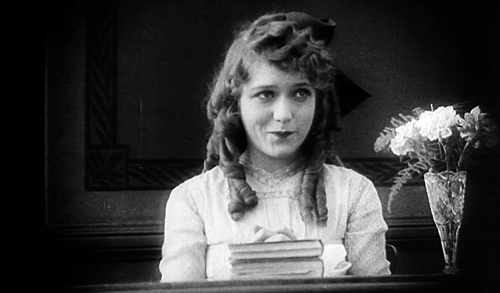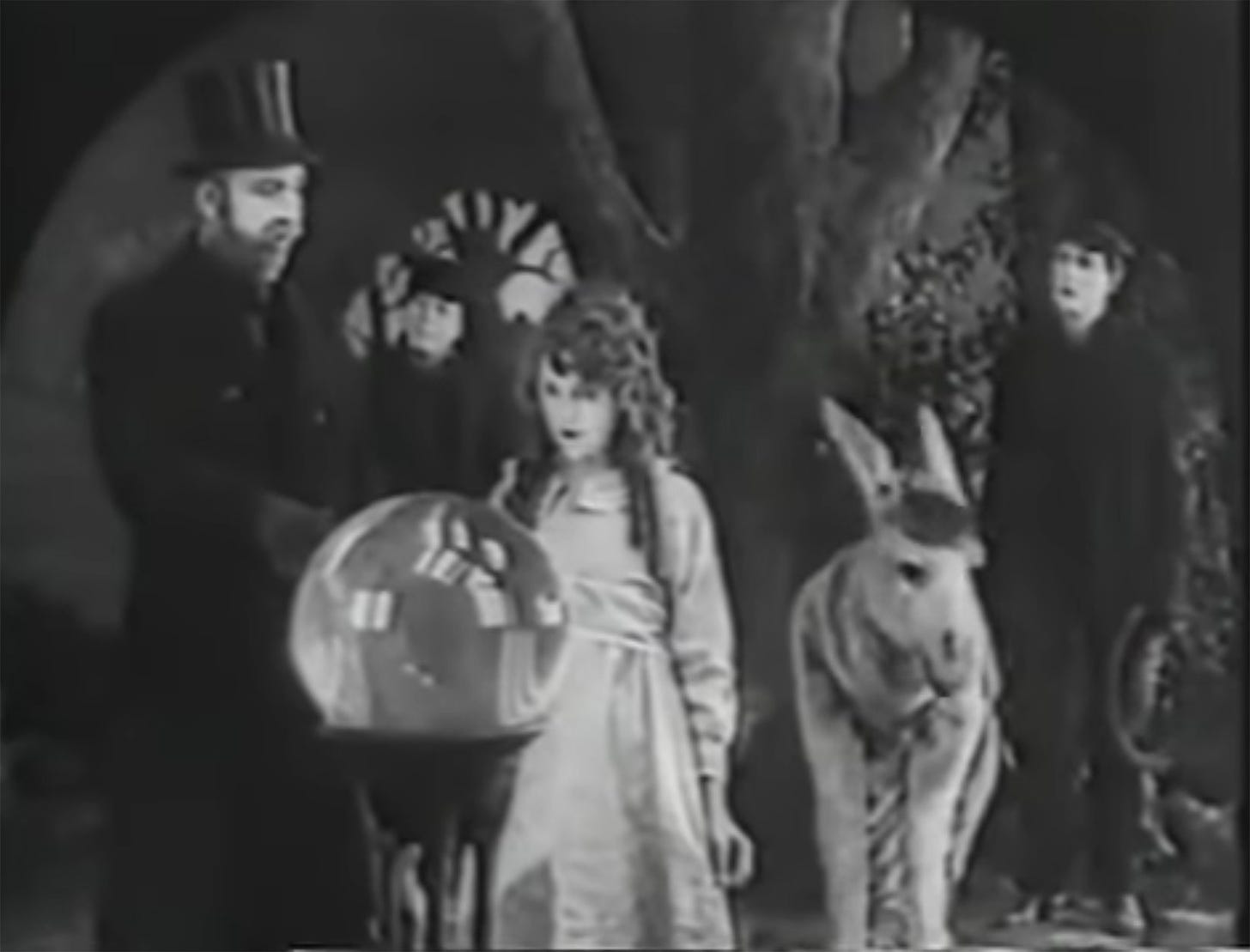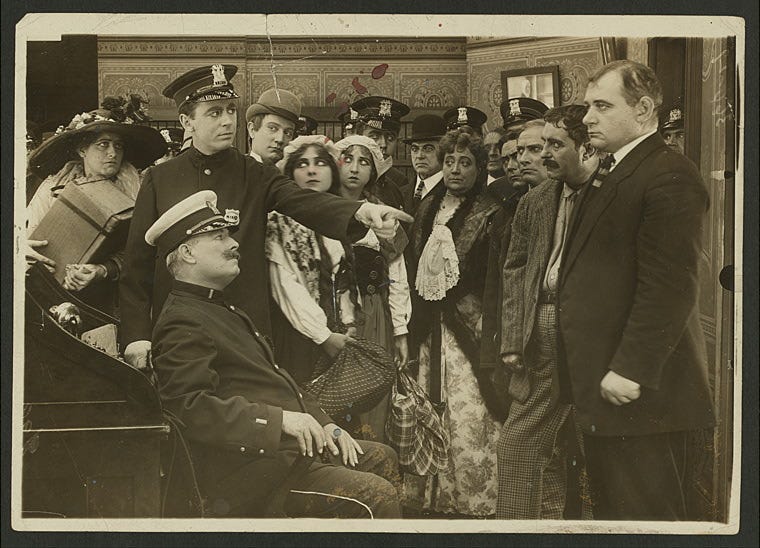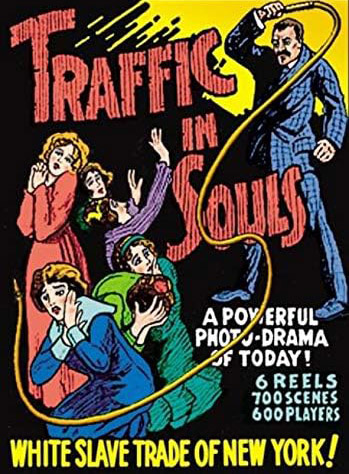Robin Hood is a Mediaeval superhero. He doesn’t care much about emancipation, but he loves to skip through the trees.
Gross is every year’s top-grossing movie, since 1913, reviewed.
DOUGLAS FAIRBANKS IN ROBIN HOOD, ALLAN DWAN, DOUGLAS FAIRBANKS PICTURES, 1922, 127 MINUTES. U.S. GROSS: $2,500,000.

There’s something cynical about this film. It’s as if it knew it was going to be the first in a multi-decade franchise, as if it knew it was likely to create the template for the action hero; leaping, laughing and slapping entitled aristocrats and bureaucrats around with gusto. Wikipedia calls Fairbanks’ Robin Hood an “…acrobatic champion of the oppressed” which accurately expresses the balance of his interests – his vibe.
I don’t want to dwell too much on the content of this movie. It’s a genuine epic – one of the most expensive movies of the era with a huge cast and elaborate, beautifully-detailed sets and the action is joyful and often breathtaking, with really good slapstick elements that must have had audiences in stitches.
But the storytelling’s pedestrian and – with the possible exception of Sam De Grasse as brooding, bitter falcon-botherer Prince John – the acting’s unevolved. Wallace Beery throws his head back in Kingly laughter and/or fury so often I fear he must have done permanent damage to his poor neck (he was a big star, he probably had access to a full-time neck therapist back in his trailer, though).
Levelling up
Of course, what’s interesting about Robin Hood is the economics. Seriously. Is Robin an expropriative socialist? A liberal redistributionist? An effective altruist? None of the above, obviously. In this version, Robin’s an aristocrat – a feudal lord gone off the rails. He steals bags of coins and throws them randomly into crowds. This is not a planned economy. It’s levelling-up as jape. He returns from his crusade a reformed baron – a merry prankster, really – and then laughs his way around Sherwood, winning hearts and minds with his arbitrary largesse.
In this role, Fairbanks defines one end of the Robin Hood character spectrum. He’s the big-hearted if haphazard philanthropist. It’s all jumping through windows, roughing up countless chain-mail squaddies and swinging from vines (yes, vines). He overcomes the cruelty (and there is some surprising cruelty – torture, whipping, hanging…) of Prince John by means of a series of joyful flashmobs. And his generosity is that of a child – “what use do I have for money? I live in the woods!”
Yes, Magna Carta
We’re a long way from the brooding latter-day Hollywood Robin Hoods who are basically comic-book toughs – rugged individualists in Lincoln green. In Ridley Scott’s 2010 version, from right at the other end of the spectrum, Russell Crowe hacks his way across a hostile England with no apparent interest in the welfare of the peasantry. His Robin Hood is a big-picture guy, not a skipping-through-the-woods guy and the director dramatically and implausibly inserts him into history: he somehow contributes to the drafting of Magna Carta: (you have do this in a kind of Irish-Scottish-geordie accent for the full Russell Crowe effect) “If your majesty were to offer justice, justice in the form of a charter of liberties, allowing any man to forage for his hearth, to be safe from conviction without cause or prison without charge…” Achievement unlocked.
In the folklore Robin is always a yeoman – a small farmer – stripped of his land and driven into the forest. In later accounts he’s upgraded. He becomes a fallen aristocrat, acquiring the kind of glamour that’s necessary in the movies – usually just back from the crusades but unfairly robbed of his estates, sharing the woods with vagabonds and freedmen. In the middle-ages this class of landless commoner was a major threat to the dominance of the feudal lords.
The idea of an entirely free man – anonymous, unbound, without loyalty to any lord or parish – was terrifying to the elite. Landless men were harassed, imprisoned, transported, classified as vagabonds, criminalised. Harsh local laws kept the landless to the worst of the marginal land or moved them on all together. Later a law was introduced: “…that all Rogues, Vagabonds, and Beggars do on every Sabbath-Day repair to some Church and Chappel, and remain there soberly and orderly, during the time of Divine-Worship.” – a recognisable example of an authoritarian law that’s presented as a benign improvement – in this case to the observation of the Sabbath. The disciplinary yoke was tight, even at the margins.
For the aristocrats Robin of Sherwood is worse – he’s a freedman who commands the loyalty of others – of a private army, in fact. Essentially the ultimate threat to the peace and wealth of the owner class – Robin thrives outside the baronial economy and beyond the parochial pale. He ridicules the feudal status quo and must thus be chased around, fought and expelled from polite society.
Feudalist realism
But Robin is no freedom-fighter, he represents no challenge to the system and offers no alternative. He’s not a lollard or a leveller, not a utopian. He’s just a guy. A dude. He stages incursions, raids, hilarious stunts. He puts rent collectors and lieutenants in the stocks or hangs them by their braces from the trees, he liberates treasure and hands it out to the peasantry but he offers no vision of liberty or even of equity. The adjustments he makes are local, temporary, essentially trivial. Ultimately he marries with all the pomp of a prince and is accepted back into the baronial fold. Game over.
In this, of course, Robin is the model for all the movie action heroes to come – and especially for the superheroes: an over-achiever who rights wrongs, one at a time, one villain at a time. Not a liberator but a cheerful, reactionary hunk with a big heart.
- I watched the film on YouTube. A decent print with an orchestral score. There’s a Blu-Ray.
- You can get these reviews in your inbox over on Substack.
- Christopher Hill’s The World Turned Upside Down is brilliant on all the vagabonds and outlaws and radicals who challenged the feudal norm at the time of the English Revolution and could be describing Robin here:
- “Vagabonds attended no church, belonged to no organized social group. For this reason it seemed almost self-evident to Calvinist theologians that they were ‘a cursed generation’. Not till 1644 did legislation insist that rogues, vagabonds and beggars should be compelled to attend church every Sunday. Such men were almost by definition ideologically unmotivated: they could steal and plunder, but were incapable of concerted revolt.”
- Wallace Beery, our Richard I, is probably the most interesting (and ghastly) person in the film, although now largely forgotten. In his Biographical Dictionary of Film, David Thomson calls him “the most notable example of the ugly, stupid, boorish man who was as successful in films as heroes or lovers.” This is the feature that made him a big star. The following year there’d be a sequel: Beery’s character was promoted to lead and Robin was gone all together. Between 1914 and 1916, in a series of shorts, he’d played Sweedie, a comic maid, in drag – a character he’d brought with him from vaudeville. On the Sweedie films he met and quickly married a 17 year-old Gloria Swanson – their marriage soon failed and in her autobiography she accuses him of brutally raping her. He’s a footnote in the second volume of scabrous and brilliant Hollywood Babylon – Kenneth Anger calls him, characteristically. “a turd of a toad” – and he was a drinking buddy of gangster Lucky Lucciano. He not only survived the transition to sound but dominated the new form and his highly-lucrative contract with MGM (which lasted for 20 years) made him the world’s highest-paid actor in the early-thirties. Beery made perhaps 200 films and worked until the year of his death in 1949.
- Here’s a list of all the top-grossing films since 1913 and here’s my Letterboxd list.
- And here’s another top-grossing list.





